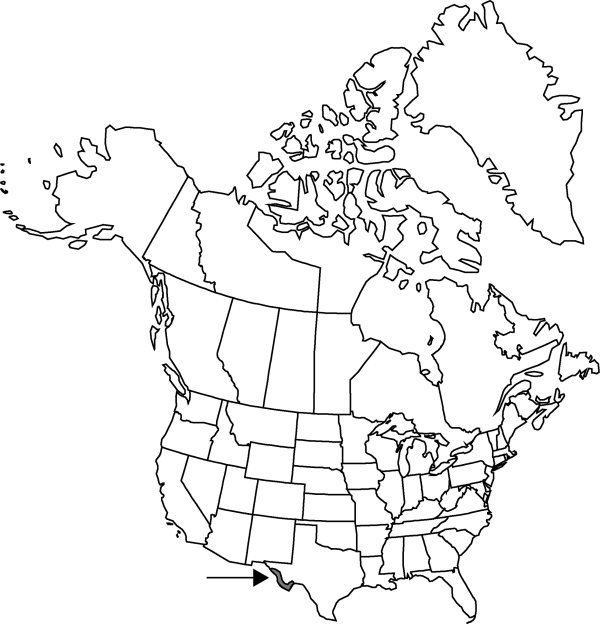Difference between revisions of "Boerhavia anisophylla"
in W. H. Emory, Rep. U.S. Mex. Bound. 2(1): 171. 1859.
FNA>Volume Importer |
imported>Volume Importer |
||
| (5 intermediate revisions by 2 users not shown) | |||
| Line 1: | Line 1: | ||
{{Treatment/ID | {{Treatment/ID | ||
|accepted_name=Boerhavia anisophylla | |accepted_name=Boerhavia anisophylla | ||
| − | |accepted_authority=Torrey | + | |accepted_authority=Torrey |
|publications={{Treatment/Publication | |publications={{Treatment/Publication | ||
|title=in W. H. Emory, Rep. U.S. Mex. Bound. | |title=in W. H. Emory, Rep. U.S. Mex. Bound. | ||
| Line 31: | Line 31: | ||
-->{{#Taxon: | -->{{#Taxon: | ||
name=Boerhavia anisophylla | name=Boerhavia anisophylla | ||
| − | + | |authority=Torrey | |
| − | |authority=Torrey | ||
|rank=species | |rank=species | ||
|parent rank=genus | |parent rank=genus | ||
| Line 46: | Line 45: | ||
|publication year=1859 | |publication year=1859 | ||
|special status= | |special status= | ||
| − | |source xml=https:// | + | |source xml=https://bitbucket.org/aafc-mbb/fna-data-curation/src/2e0870ddd59836b60bcf96646a41e87ea5a5943a/coarse_grained_fna_xml/V4/V4_29.xml |
|genus=Boerhavia | |genus=Boerhavia | ||
|species=Boerhavia anisophylla | |species=Boerhavia anisophylla | ||
Latest revision as of 21:57, 5 November 2020
Herbs, perennial, often somewhat woody at base; taproot long and ropelike, woody. Stems decumbent to ascending, sparingly branched throughout, 2–8 dm, densely glandular-pubescent or pubescent with minute curled hairs, sometimes also with sparse long-spreading hairs basally, usually glabrous sometimes glandular-puberulent distally. Leaves mostly in basal 1/2 of plant; larger leaves with petiole 4–22 mm, blade triangular-ovate to ovate or suborbiculate, 20–40 × 15–32 mm (distal leaves smaller, proportionately narrower), adaxial surface glabrate to densely spreading-puberulent, rarely lightly punctate, abaxial surface paler than adaxial, glabrate to moderately glandular-puberulent, usually punctate with small patches of large gray cells, base round, truncate, or cordate, usually oblique, margins entire or sinuate, apex obtuse to round. Inflorescences axillary or terminal, forked ca. 3–5 times unequally, open, without sticky internodal bands; branches strongly ascending, terminating in loose, cymose, 1–3-flowered clusters. Flowers: pedicel 0.5–5 mm; bracts at base of perianth persistent, 2–3, narrowly to broadly lanceolate, 1–2 mm, apex often acuminate; perianth purplish pink to pink (white), widely funnelform beyond constriction, 5–10 mm; stamens (4–)5–8, well exserted. Fruits borne singly (or 2–3 in open clusters), gray-brown, oblong-obovoid, 2.7–3.6 × 1.3–1.6 mm (l/w: [1.7–]2.1–2.6), apex rounded to broad-conic, glabrous; ribs 5, round or bluntly angled, not overhanging sulci, smooth; sulci 1–2 times as wide as base of ribs, not rugose (rarely deeply transversely rugose), minutely papillate.
Phenology: Flowering mid summer–early fall.
Habitat: Limestone banks and calcareous gravel in arid shrublands
Elevation: 1000-1300[-2300] m
Distribution

Tex., Mexico (Chihuahua, Coahuila, Durango, Nuevo León, Zacatecas).
Discussion
Selected References
None.